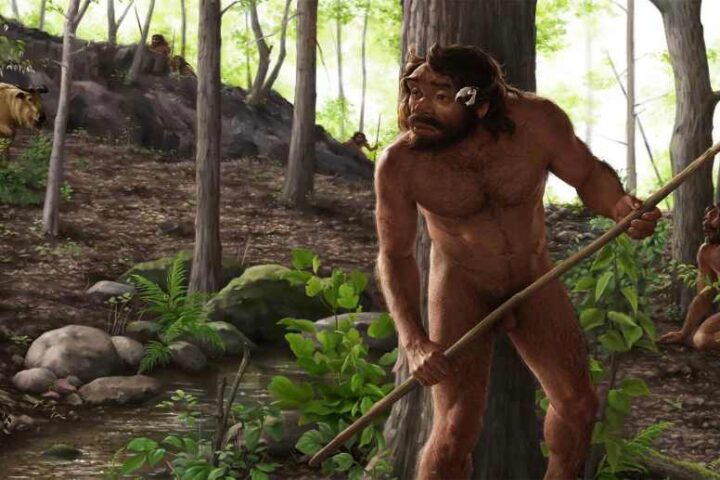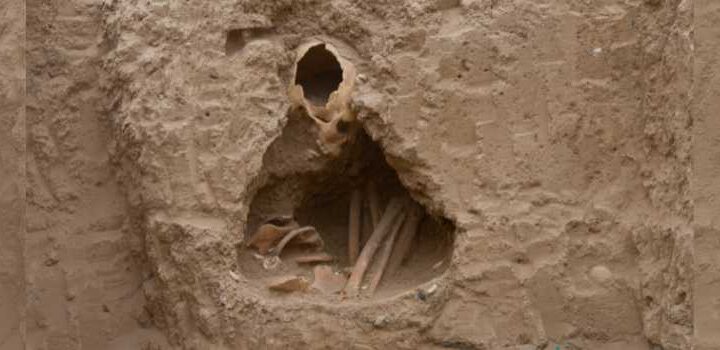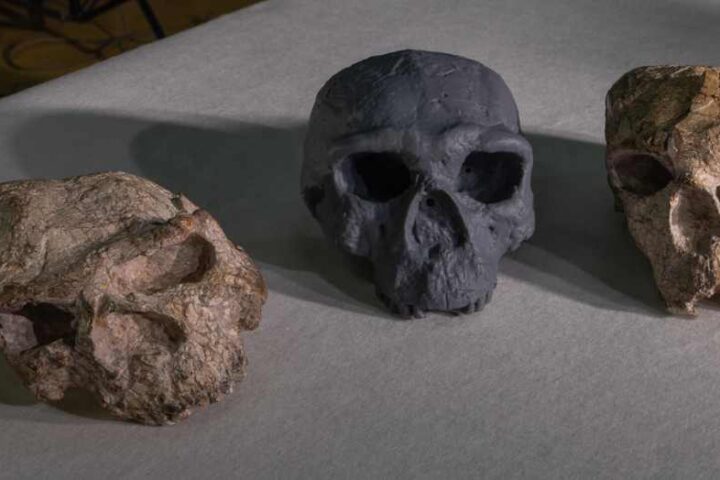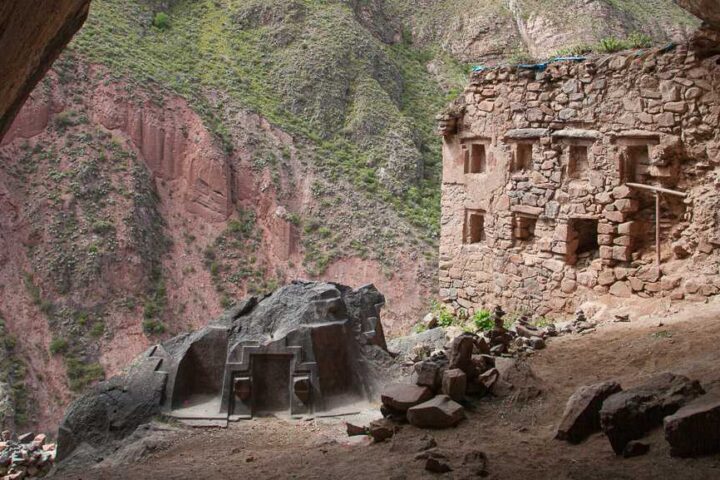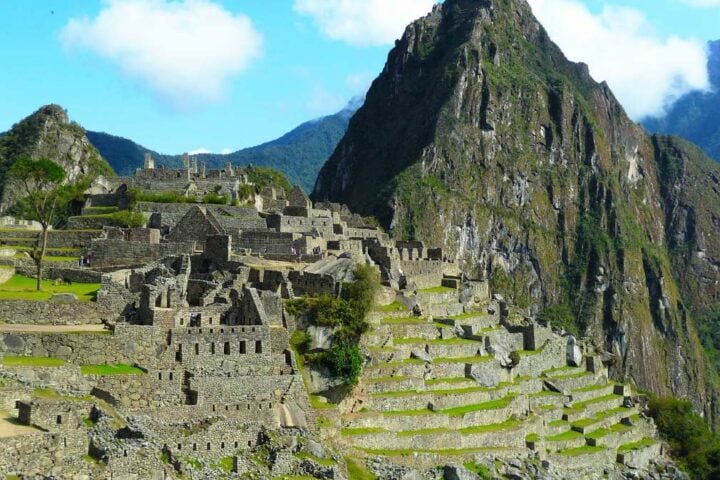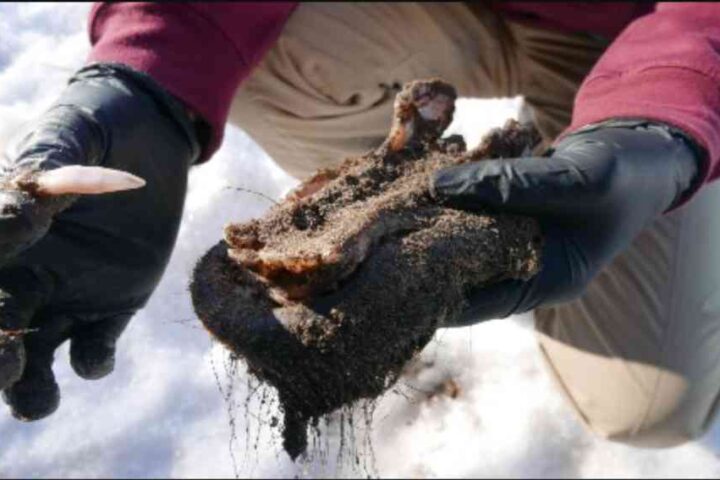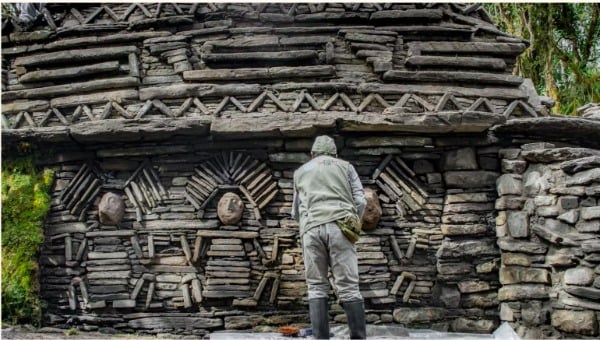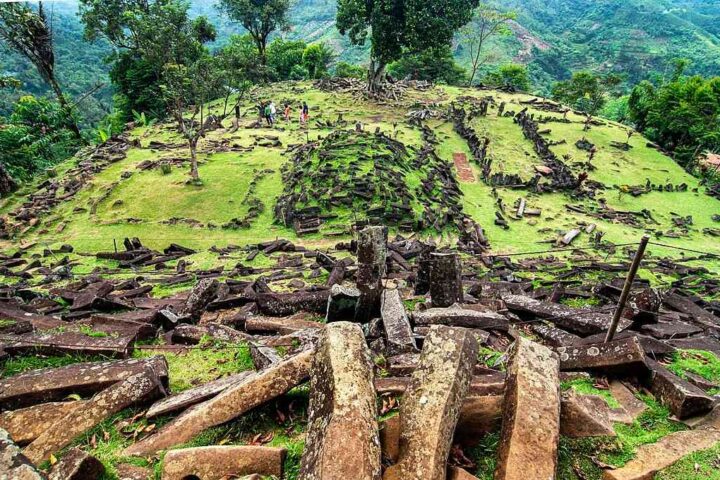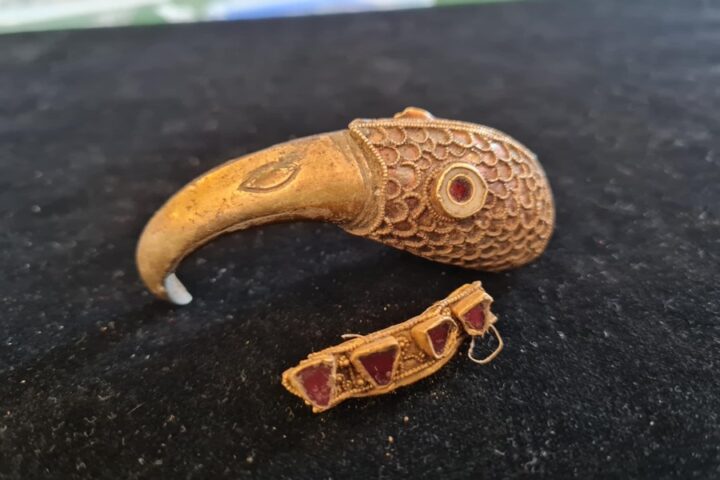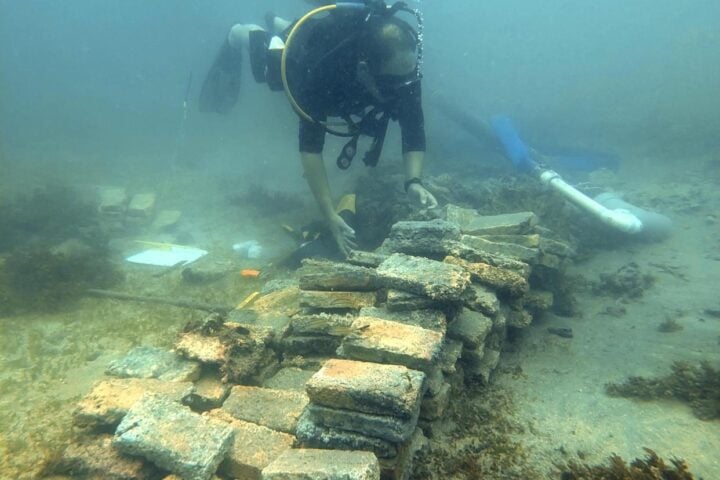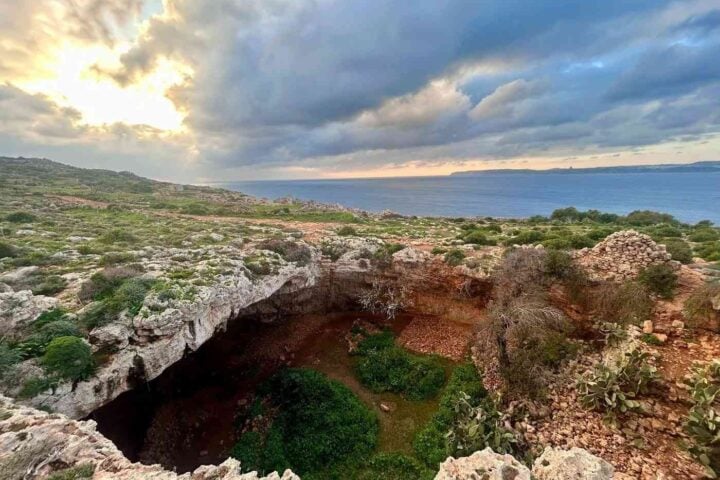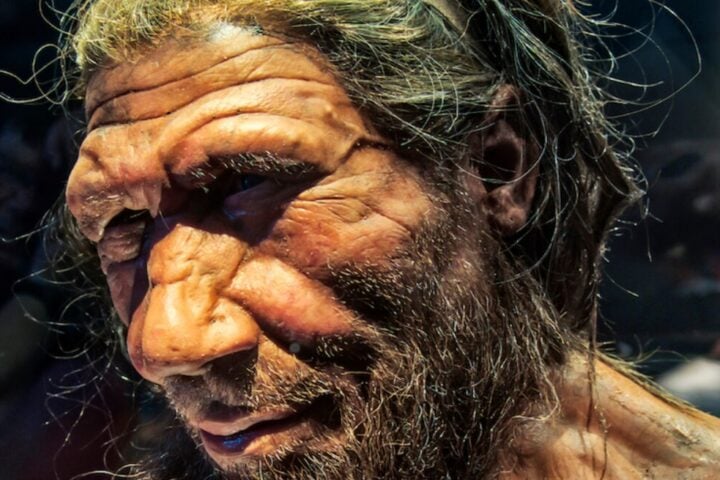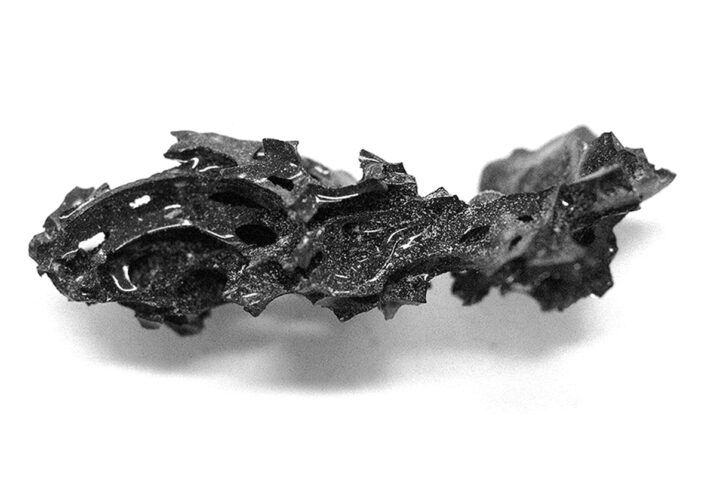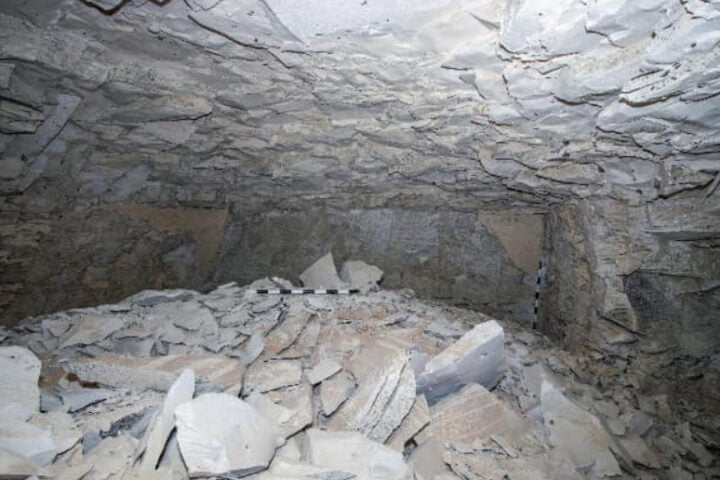Thousands of years ago, Neanderthals regularly hunted and killed elephants in Europe, according to an investigation of the stone tool marks on a collection of bones.
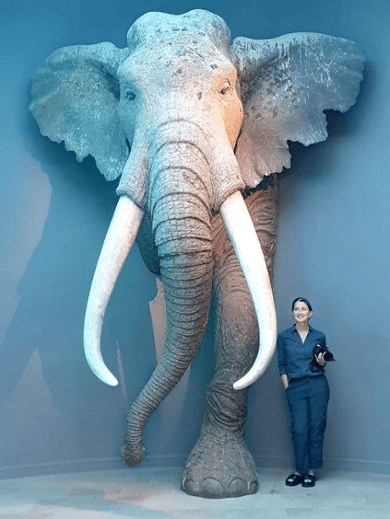
Given the quantity of meat involved, the discovery shows either that prehistoric humans lived in bigger groups than previously thought or that they had techniques for processing the flesh to prevent spoilage, according to Wil Roebroeks of Leiden University in the Netherlands. These elephants pack a lot of calories.
The possibility that Neanderthals, who are distant relatives of modern humans, could have hunted the straight-tusked elephants has long been up for discussion (Palaeoloxodon antiquus). These prehistoric giants were 4 metres tall, making them bigger than woolly mammoths and contemporary African elephants.
Roebroeks’ team examined the elephant bones, other animal remains, and stone tools unearthed in a quarry in Halle, Germany, that had been excavated in the 1980s to learn more. The bones have been dated to a time around 125,000 years ago, when the only known people in the region were Neanderthals.
More than 70 elephants’ remains were discovered, some of which had practically entire bones. The scars left on the bones indicate that the animals were completely butchered to remove every last bit of flesh and fat, such as their brains and all of the thick fat pads on their feet.
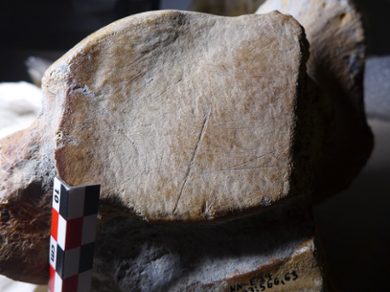
Additionally, there weren’t many gnaw marks from carnivores who were scavenging, indicating that there wasn’t much food on the carcass. The majority of these remains were so clean that carnivores weren’t attracted to them, according to study member Lutz Kindler of the Museum for Human Behavioural Evolution in Neuwied, Germany. “There’s maybe a little bit of nibbling on isolated vertebra,” he says.
According to the team’s calculations, one elephant’s entire body would have provided food for 100 adults for a month. Based on elements like the size of their caves or examination of their footprints, some experts have previously hypothesised that Neanderthals lived in very small groups of up to roughly 25 people.
The Gibraltar National Museum’s Clive Finlayson, who wasn’t part in the latest study, says there is a preconception that they lived in tiny groups but that there is no evidence to support this.
According to Roebroeks, if a smaller group of 25 people had slain the elephant, they would have needed to work for around three to five days to strip the body of flesh and prepare it so that it wouldn’t go bad, such as by drying or smoking it. The fact that the bones have marks indicates that the meat wasn’t just left to decompose after the Neanderthals finished their meal.


